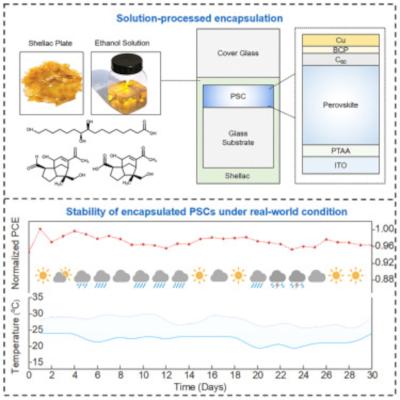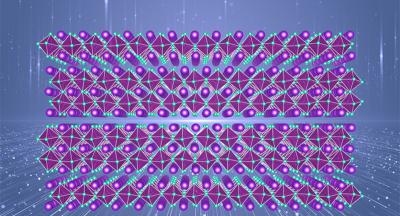Researchers develop new encapsulation strategy based on shellac
Researchers at the Chinese Academy of Sciences (CAS), Shanghai Jiao Tong University School of Medicine and the University of Electronic Science and Technology of China (UESTC) have presented a simple and economical encapsulation strategy with shellac to protect perovskite solar cells (PSCs) under various accelerated degradation experiments.
The shellac-encapsulated (SE) PSC modules reportedly passed outdoor stability, UV preconditioning, and hail tests according to the International Electrotechnical Commission 61215 standard (IEC61215).






